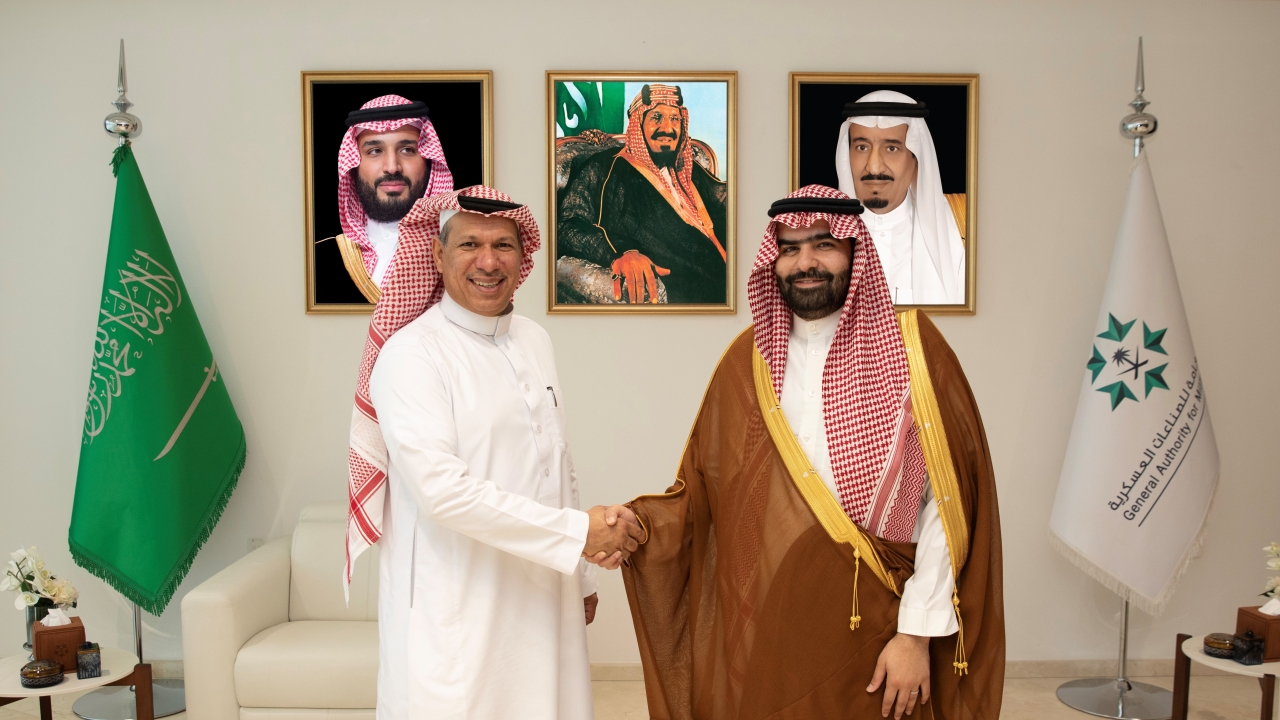Enter the Dragon

It is.
The GIII is painted the same colours as the unseasonably drab skies of the Moroccan city, suggesting a special mission application. The welcoming committee from
The aircraft in question represents the latest intelligence, surveillance and reconnaissance (ISR) offering from Lockheed and the modified GIII, known as Dragon Star, is being utilised as an airborne multi-laboratory and is demonstrating how Lockheed can optimise this class of platform for the ISR community.
“This is the first time this platform has been seen outside of the
“We brought the aircraft to
The airborne lab is optimised to be rapidly reconfigured, allowing Lockheed Martin to experiment with various sensors and different communication and software packages. “The architecture we have developed to support software and sensor packages is platform agonistic,” Gulledge said. “It can be scaled to suit turboprops or expanded for larger business jets. It is only limited by the capabilities of the platform that is chosen.”
The AML aircraft was designed for operational testing and experimentation of the C4ISR capabilities. “It provides a platform for both advanced research and realistic testing and demonstration of emerging intelligence, communications, networking and sensor capabilities that can improve strategic and tactical responsiveness for military, strategic and homeland security forces,” Gulledge said.
The platform will allow defence forces to prove the different ISR technologies coming through.
“We’ve designed it so that we can easily test a myriad of sensors to advance the science and art of correlating diverse types of intelligence – with the goal of rapidly providing high-quality data,” said Jim Quinn, Lockheed Martin’s vice president of C4ISR Systems.
A wide array of features on board the aircraft facilitates this experimentation, including a computing capability that supports most commercial operating systems, a ventral canoe on the belly of the aircraft with a large radome and ample volume for a range of sensors, and four workstations. In addition, the AML can process data both onboard and on the ground to accommodate a variety of experiments.
While it is equipped with a robust suite of sensors as well as wideband and narrowband data links, the intent is to rotate sensors as necessary to answer specific requirements. To achieve that goal, the AML incorporates an easily reconfigurable architecture designed to allow different sensors and equipment to be rapidly integrated into the aircraft’s mission systems.
This architecture also allows for future testing of innovative techniques for multi-INT mission planning, intelligence gathering, processing, exploitation and dissemination for a wide variety of missions across the spectrum of operations.
Before leaving the US for Morocco, the AML aircraft participated in a major exercise in Texas called On-The-Move, where it demonstrated how its onboard sensors, interacting with the US Army’s intelligence and battle command enterprises, can dramatically improve the speed and quality of situational awareness.
“This is a significant step forward in exploring the true potential of correlating various types of intelligence. We demonstrated that our open architecture, multi-INT test bed can link airborne sensors directly to defence command networks,” Quinn said. “The benefits are clear: improved situational awareness, enhanced air-to-ground coordination and the ability to deliver critical battlefield information rapidly to tactical users.”
The aircraft’s appearance in
The Dragon Star aircraft will be shown at Farnborough in July. “We are interested where countries are looking for upgrades to ageing capabilities or looking for new ones,” Gulledge said.
Stay up to date
Subscribe to the free Times Aerospace newsletter and receive the latest content every week. We'll never share your email address.

